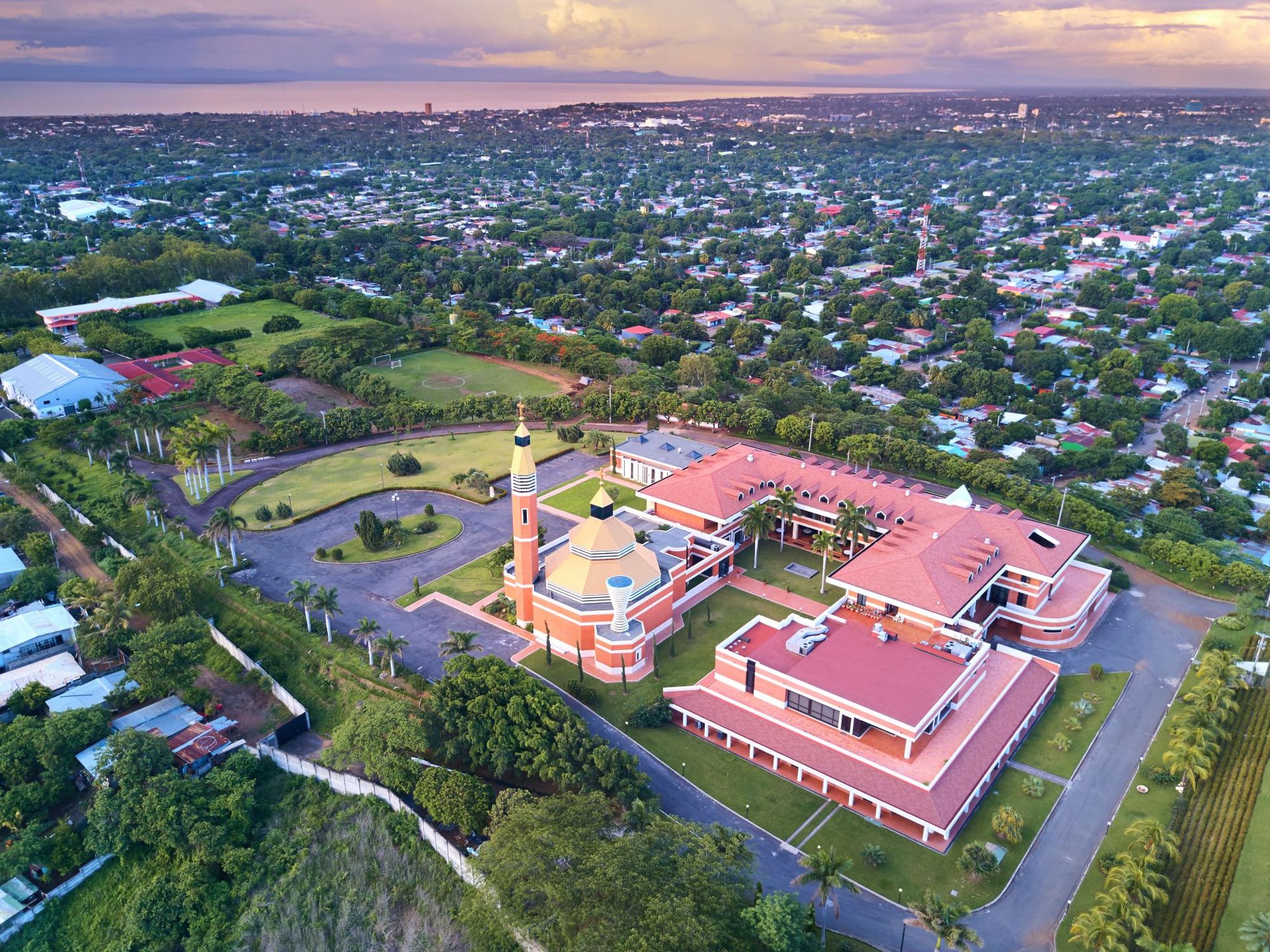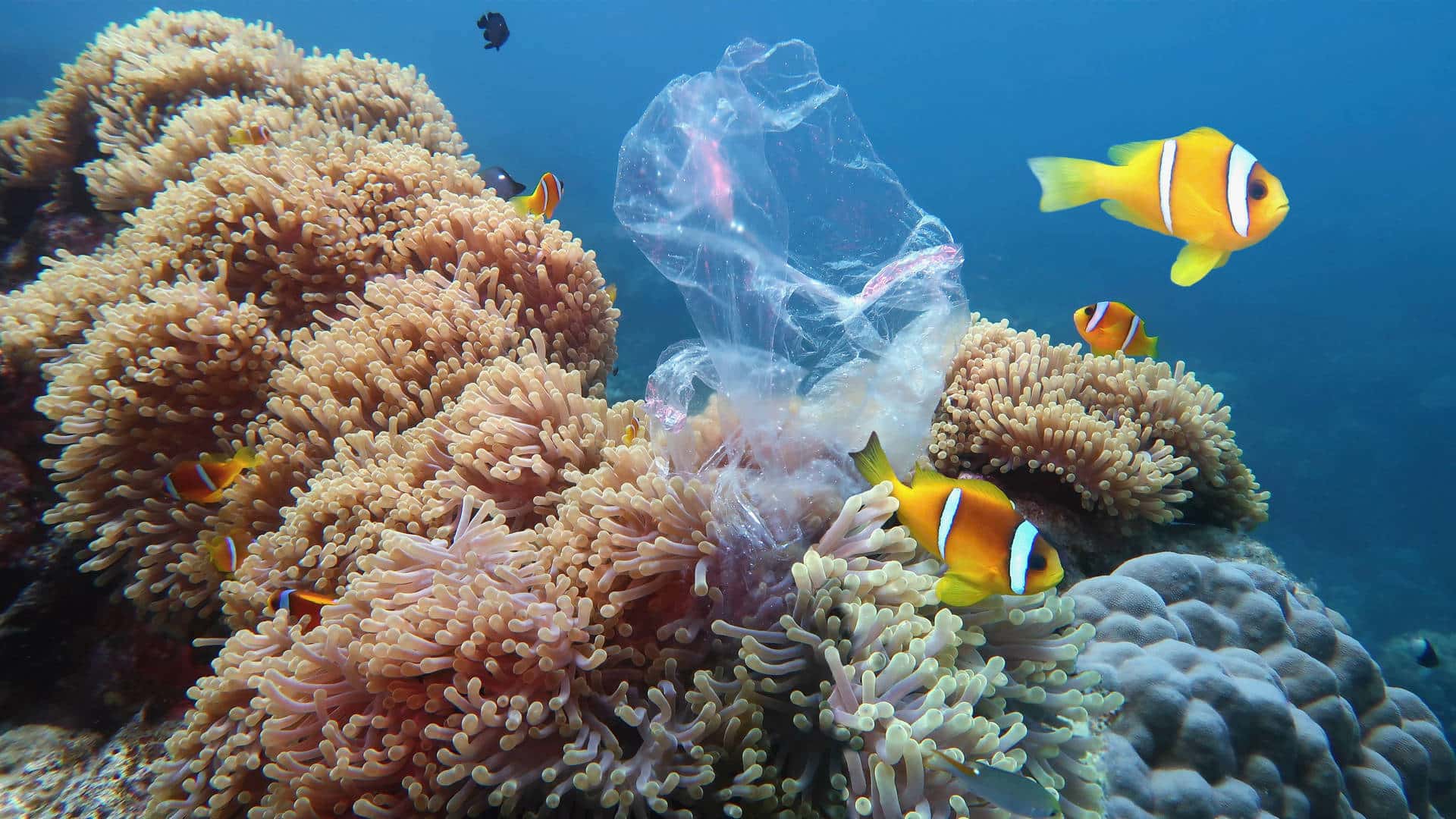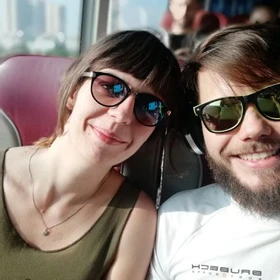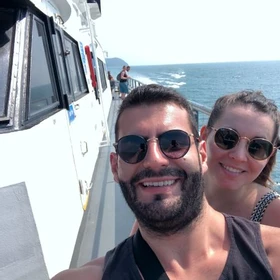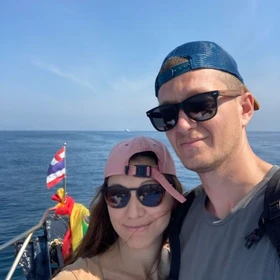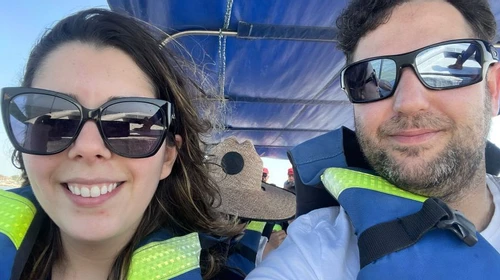About the ride from San Jose to Managua
When your time in Costa Rica has come to an end, flying into Managua to start your Nicaraguan adventures will fill that adventurous void.
Heading from one capital city to the next means it’s a well-traveled route that a zillion people have done before you, making the route as straightforward as it gets.
To travel between San Jose and Managua, you have a budget-friendly bus option and a not-so-budget-friendly but time-saving flight option. So, the choice comes down to time or money, as with many things travel-related. Read all the details below.
But first…
Five of the most extraordinary things to do in Managua
Managua is a fascinating city. History, art, nightlife and adventure are all wrapped up within its borders. This list is a good place to start your exploration.
Explore the Hip Zone (Zona Hippos). The city’s trendy nightlife district is packed with bars, clubs, and restaurants. Whether you’re into live music, electronic beats, or just a chill lounge with craft cocktails, this is the place to experience the party scene.
Hike up Tiscapa Lagoon. This crater lake in the middle of the city resulted from volcanic activity over 10,000 years ago. Hike up for stunning city views and the massive metal silhouette of Augusto Sandino, a national hero who fought against U.S. military intervention in the early 20th century.
If you’re up for some adrenaline, zipline across the lagoon.
Go volcano boarding at Cerro Negro. Ok, it’s technically outside Managua by a few hours, but it’s 100% worth the trip. Cerro Negro is where you can surf down an active volcano on a wooden board at insane speeds — an adrenaline rush like no other!
Visit the Salvador Allende Port. Check out the colorful waterfront area along Lake Managua with restaurants, bars, and a buzzy vibe. You can rent bikes, take a boat ride, or enjoy the sunset with a cold Toña beer.
Wander around the local markets. Head to Mercado Roberto Huembes or Mercado Oriental for an authentic local experience — think fresh fruit, handmade crafts, and vibrant street food. Plus, the city has some cool murals that tell the story of Nicaragua’s history and culture.
How to get from San Jose to Managua
You’ve got two choices:
Bus
Plane
They are radically different in duration and cost, so weighing your options should be pretty clear-cut.
Got time? Take the bus. Got money? Take the flight. There. Decision made. You’re welcome.
Here are all the details:
Option one: Bus
Duration: 7h 45m-10h 45m
Starting price: $30
You’re traveling 264 miles (425 km) northwest from San Jose to Managua. It’s a long ride. The good news is that all the buses are air-conditioned, with reclining seats and restrooms on board.
Your luggage allowance is a hefty two bags at 55 lbs/25 kg each, plus one handbag per passenger.
This is a cross-border route between Costa Rica and Nicaragua, which means you must be ready with all your visa paperwork and passport info. There may be exit fees, so have some cash on hand.
Each bus company has its own pick-up and drop-off locations. Try to find one close to your accommodation to make your life easier. Buses depart around o’dark thirty — be prepared to spend half the night sleeping on the bus. Bring a blanket and a small neck pillow for extra comfort.
Option two: Flight
Duration: Under 1.5 hours
Starting price: $238
There is something to be said about a short flight to a new country to start a fresh adventure. In under one and a half hours of flight time, you’ll be touching down in Managua. The flight is barely long enough to get a drink, but don’t forget to take into account the two hours you’ll need to be at the airport ahead of time.
It’s definitely expensive, but you won’t have to spend most of the day cooped up in a bus. Flights leave early in the morning, with plenty of time for a full day of seeing the sights.
Flights from Costa Rica depart from Juan Santamaria International Airport (SJO), outside of town in the suburb of Alajuela. You’ll arrive at Aeropuerto Internacional Augusto C. Sandino (MGA).
When is the best time to visit Managua?
The dry season from November to April, when the temperatures average 77°F-82°F (25°C-28°C), is ideal for exploring the city. December and January are especially lovely — less humidity and not too hot.
The shoulder months of May and October are great if you want fewer people and lower prices. There will be occasional showers but still plenty of sun.
Avoid the rainy season, June-September, unless you’re ok with heavy rains and high humidity.
How many days should you spend in Managua?
You probably aren’t going to Nicaragua to stay in the city. There is so much nature and jungle to explore.
Book a couple of nights, and you’ll see the main sights in Managua before letting loose on the country’s incredible adventures.
Where should you go after Managua?
If you're looking for a quick escape after arriving in Managua, a scenic hour’s drive will get you to charming Granada. Wander through its colorful streets, admire its iconic cathedral, and soak up the stunning views of Lake Cocibolca.
If surfing is your thing, San Juan del Sur is the place to be. It’s the surfing capital of the country.

